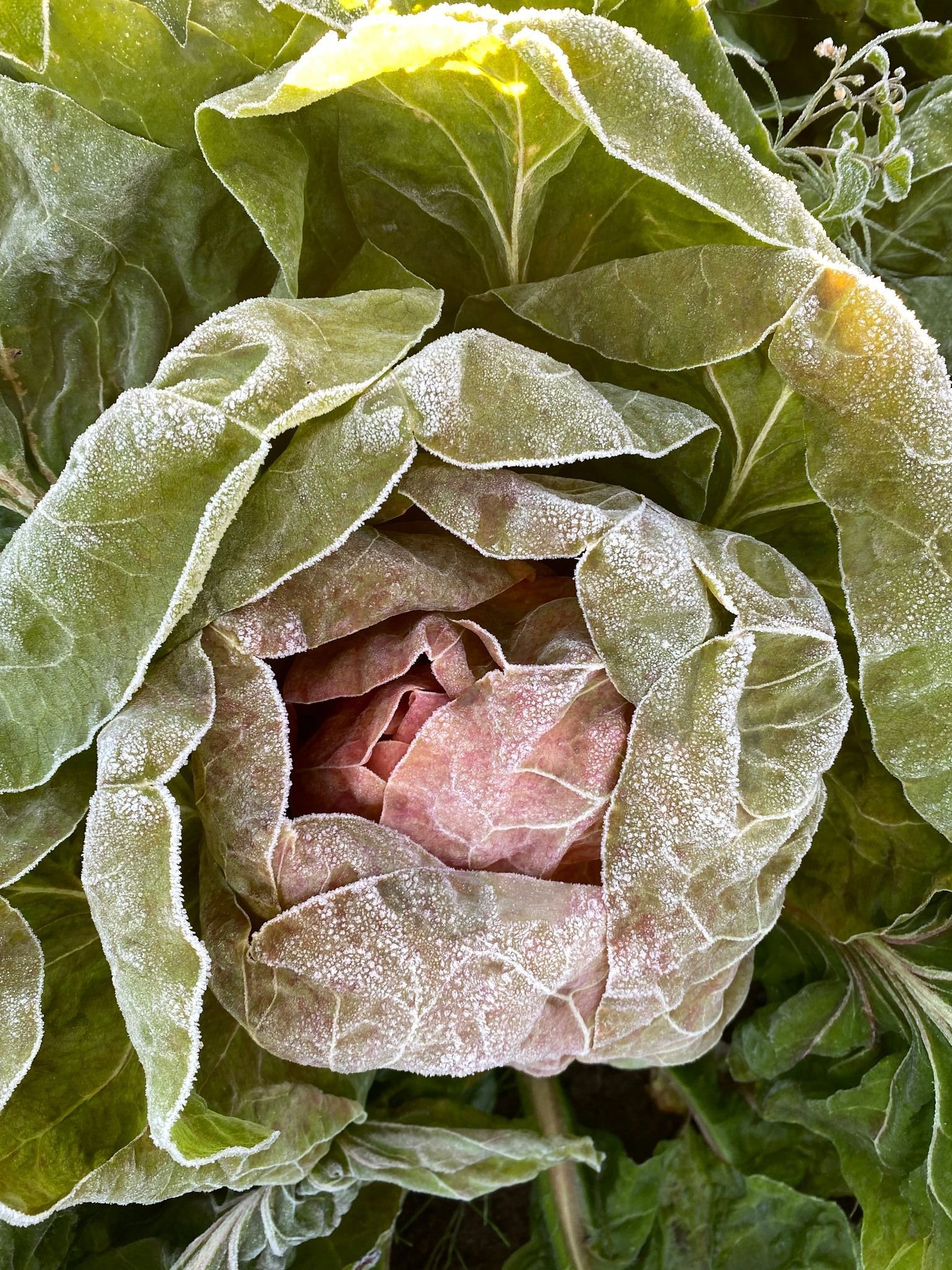Recipe & Pic from Dishing Up The Dirt
I share this carrot recipe every year because it is just so darn good and it's a great way to push carrots from a snack or side dish to a foundational part of a full meal. I recommend piling everything up on one big plate (garnish with some of your parsley) and serving with a bowl of pita or sliced crusty bread for scooping!
~Rae
1 bunch carrots, sliced in half lengthwise
1-2 tablespoons olive oil
1/2 teaspoon ground cumin
1/2 teaspoon paprika
1/2 teaspoon ground cinnamon
salt and pepper
Lamb
1 tablespoon olive oil
1 bunch of scallions, minced (white and light green parts only, reserve the tops for garnish)
1 clove of garlic, minced
1 teaspoon ground coriander
1/2 teaspoon ground cumin
1/4 teaspoon ground cinnamon
1 teaspoon fine sea salt
a few grinds black pepper
1 pound ground lamb (ground beef is a fine substitute!)
Yogurt Sauce
1 cup plain sheep's milk, goat's milk, or cow's milk yogurt
1 clove of garlic, minced
2 teaspoons fresh lemon juice
1/2 teaspoon fine sea salt
2 teaspoons extra virgin olive oil
Preheat the oven to 425F. Toss the carrots with the oil, spices, salt and pepper. Place in a single layer on a baking sheet and roast in the oven until lightly browned and tender. About 30 minutes. Toss the carrots halfway through cooking.
Heat a large skillet over medium-high heat. Add the oil to the pan, swirl to coat. Add the scallions, garlic, coriander, cumin, cinnamon, salt, pepper, and lamb. Cook, stirring occasionally, until the lamb is cooked through, 5-7 minutes.
Prepare the yogurt sauce by whisking together all the ingredients in a bowl.
Spread a thin layer of the yogurt sauce onto four plates, top with the carrots and then top with a few spoonfuls of the lamb mixture. Sprinkle with minced scallion tops and serve.



















